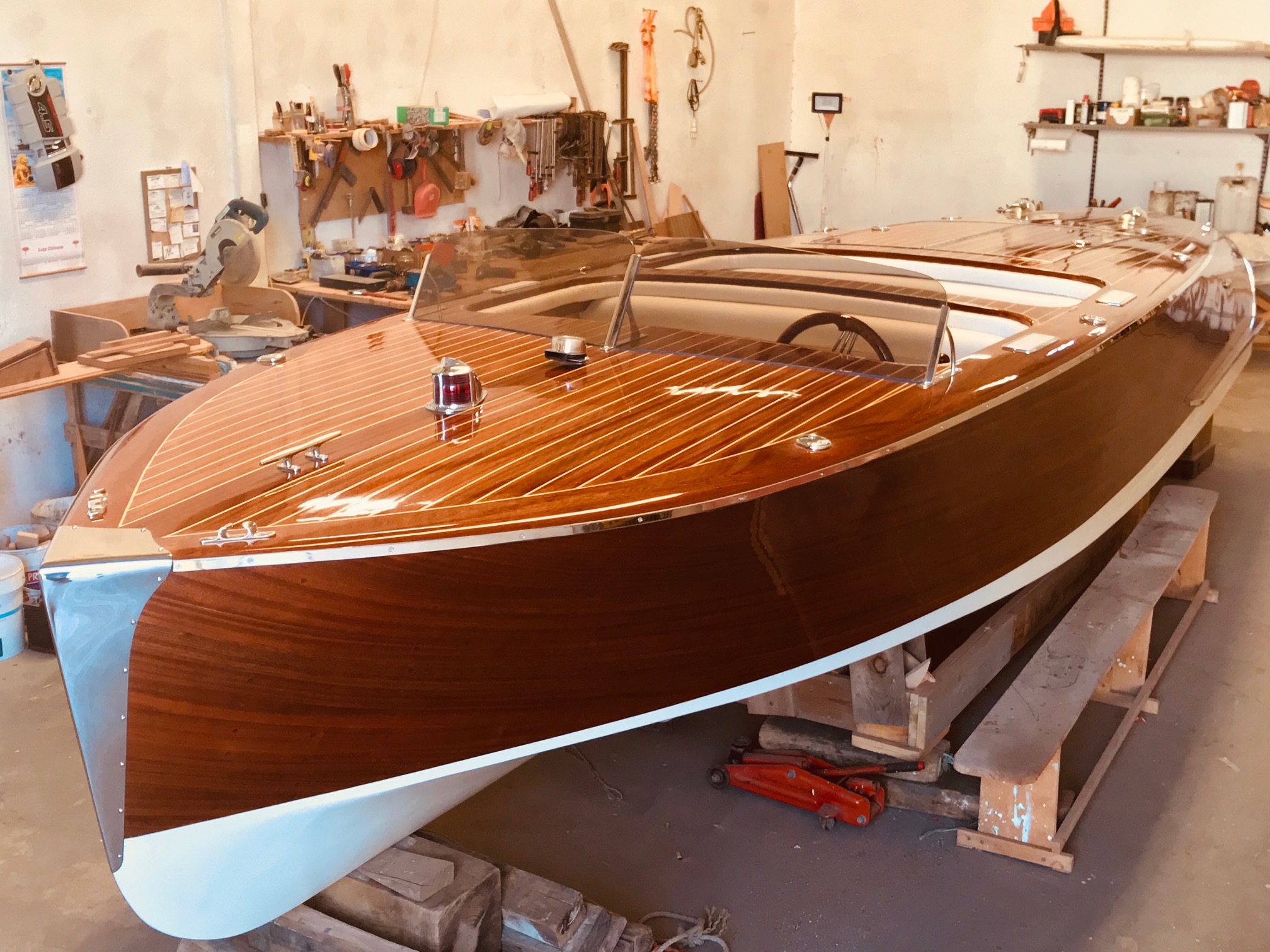-
Paradox sailboat plans Paradox & enigma – sustainability: simple habits, simple boat, Paradox and enigma are boats very cleverly desi...
-
Plywood boat building forum Community building boats, Boat building general. any posts related to repair and maintenance, new builds, too...
-
Glynn guest model boat plans Model boat mayhem - index, Bringing back the fun into model boats! 6,514 posts 235 topics last post by marti...
Search This Blog
Powered by Blogger.
Blog Archive
- January 2025 (5)
- December 2024 (11)
- November 2024 (22)
- November 2020 (11)
- October 2020 (17)
- September 2020 (150)
- August 2020 (180)
- July 2020 (158)
- June 2020 (177)
- May 2020 (193)
- April 2020 (141)
Copyright © 2025
Haulover canal boat ramp | Powered by Blogger
Design by FlexiThemes












